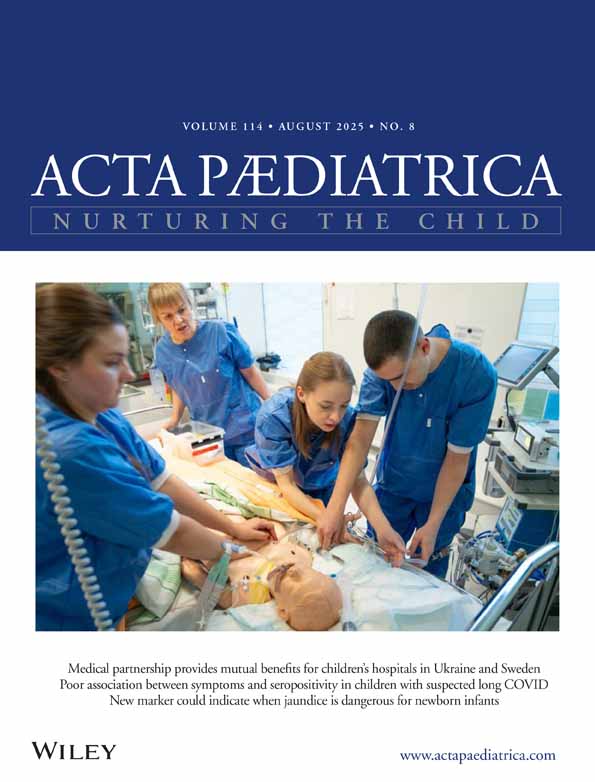Erythrocyte indicators of oxidative stress in gestational diabetes
Abstract
Foetuses born to mothers with gestational diabetes are at increased risk of developing respiratory distress, foetal macrosomia, foetal anomalies and platelet hyperaggregability. High blood glucose level induces oxidative stress and decreases antioxidant defences. The present study discusses the possibility of lipid peroxidation and protein oxidation in both maternal and foetal erythrocytes as an indicator of oxygen radical activity. The level of lipid peroxidation and protein oxidation in erythrocytes was estimated in 20 mothers with gestational diabetes and their newborns. The maternal age varied between 19 and 42 y and foetal age ranged between 34 and 39 weeks. The proteolytic activities in the erythrocyte lysates obtained from mothers with gestational diabetes and their newborns were significantly greater [(mean ± SD) 24.41 ± 9.05 and 16.70 ± 3.36μM of amino groups/g haemoglobin, n= 20, respectively] than those from control group (10.18 ± 4.84 and 14.64 ± 6.21 μM amino groups/g haemoglobin, n= 15, respectively; p < 0:05 in both cases). Similarly erythrocyte malondialdehyde levels were significantly elevated in babies born to mothers with gestational diabetes (10.11 ±2.21 nM/g haemoglobin) when compared to controls (6.8 ± 3.75 nM/g haemoglobin) (p < 0:05). In the erythrocytes of mothers with gestational diabetes, malondialdehyde levels correlated significantly with glycated haemoglobin levels (p < 0:01). The results of this study indicate that the oxidative stress induced by gestational diabetes manifests as increased lipid peroxidation and protein oxidative damage in the erythrocytes of both mothers with gestational diabetes and their newborn infants.




